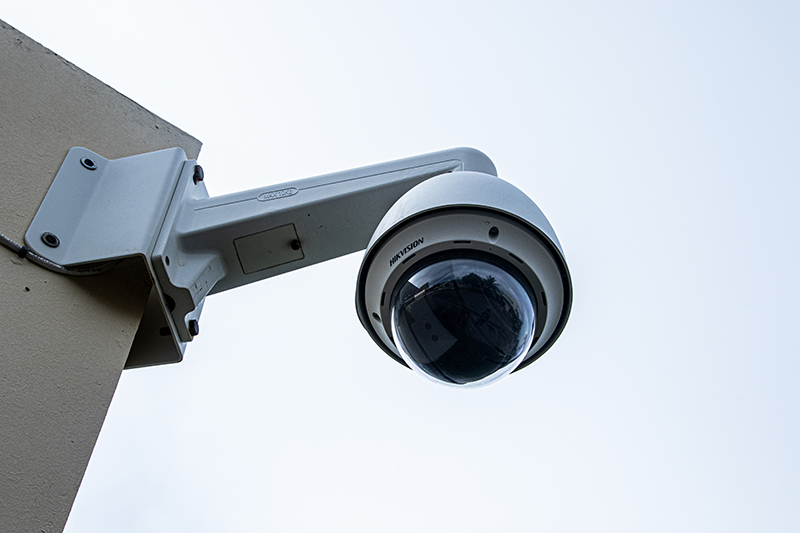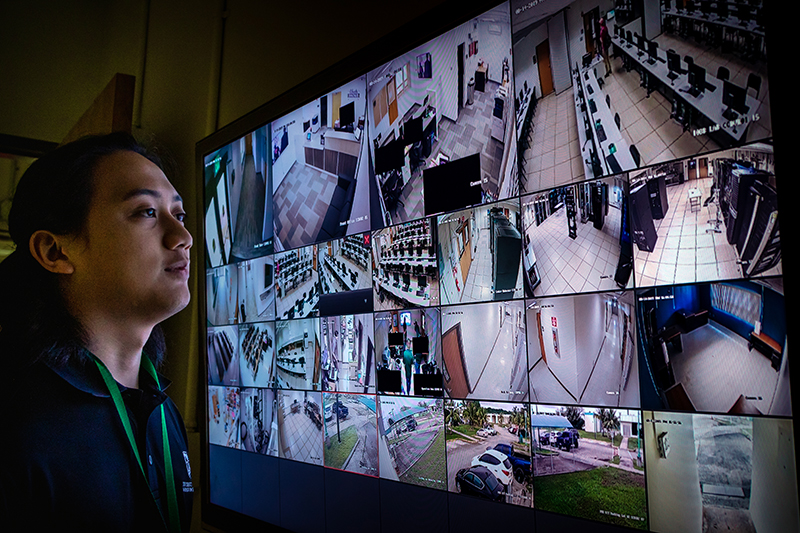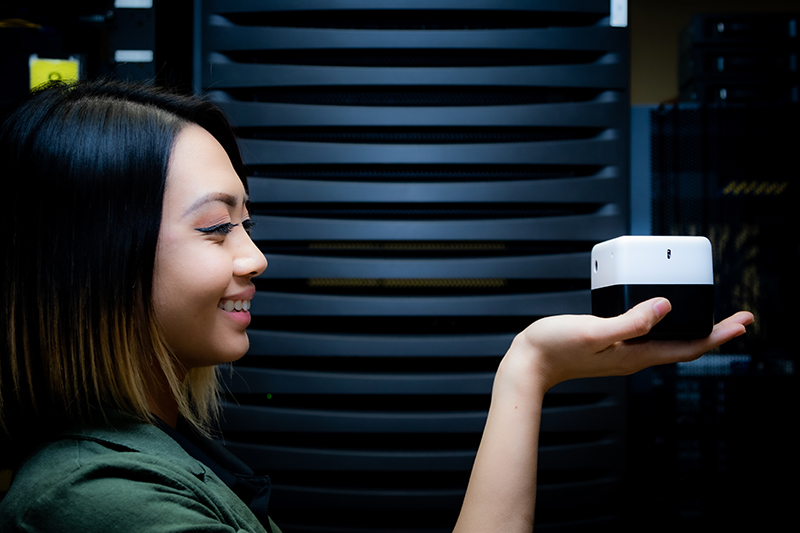UOG testing artificial intelligence robots through DOCOMO partnership
UOG testing artificial intelligence robots through DOCOMO partnership
UOG testing artificial intelligence robots through DOCOMO partnership
9/6/2019

A new generation of surveillance and monitoring tools arrived at the University of Guam this summer.
For the first time, artificial intelligence, or AI, cameras are being tested in the UOG Office of Information Technology under a collaboration with NTT DOCOMO Inc. through its DOCOMO 5G Open Partner Program, which provides global businesses and organizations with the latest 5G information, test environments, and partner workshops.
Since June, the IT office has served as a field partner for two DOCOMO proof-of-concept projects to verify the company’s 5G network compatibility with different equipment and systems, including AI robots. The company opened a 5G center outside in Guam earlier this year.
One sophisticated AI learns over time how to automatically spot suspicious behavior through a CCTV (closed-circuit television) feed, while the other recognizes and tracks who is present and when.

The first application works by overlaying an AI system, developed by California-based startup company Smart Home Sentry Inc., on a live CCTV stream to study and differentiate movements. In what is known as deep learning, the Sentry AI has spent several months observing and learning “typical” behaviors in the IT office. The AI captures and flags out-of-the-ordinary situations and sends a message or photo via alerts, either through SMS texts or email, as immediately as the incident happens.
The technology, for example, could differentiate between a person walking to the office during a regular working day versus someone suspicious with a covered face or carrying a weapon or someone who otherwise shouldn’t be in an area.
For the second project, IT staff are testing the PLEN Cube, a camera robot specially programmed to track and remember people who cross its path. The facial-recognition technology, developed by the Japanese startup company PLEN Robotics Inc., is interactive and moves around a space to document who and when people are present. Dubbed as a portable personal assistant, the palm-sized robot features a smart camera and wide-ranging automation skills, including voice commands.
The goal is to test the robot as a possible attendance counter in a classroom or in other suitable situations.

But for UOG, the projects also serve as a trial run for possible use on campus. The PLEN Cube could be used to verify classroom attendance by teachers or exam prompters at a test site. And having an AI CCTV system could help identify potential threats around campus in real time, which would allow for quicker response times.
“With these projects, we’re getting the opportunity to explore the capabilities and benefits of the latest AI technology, which may lead us to new ways to improve the security, safety, and function of our campus,” Hechanova said.
The two proof-of-concept projects are expected to continue through January.
